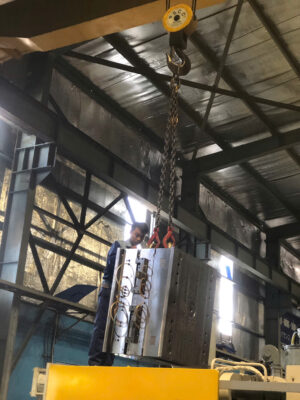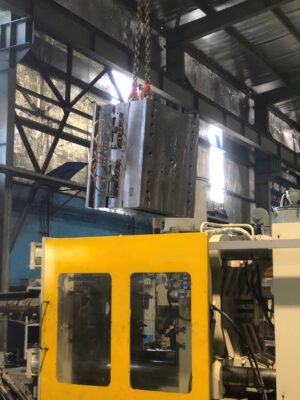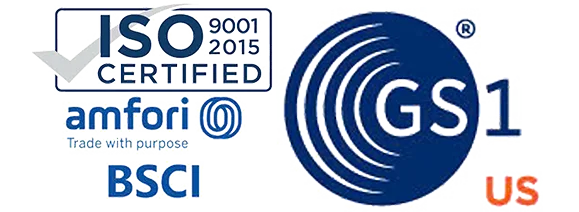- Why selecting the appropriate plastic molding machine is essential in mold design
A plastic molding machine, also known as a forming machine, is a tool used to inject molten plastic into the mold cavity. These machines are typically categorized by their clamping force, such as 5 tons, 10 tons, 15 tons, up to 200 tons, 300 tons, and even thousands of tons. The term “tons” here does not refer to the weight of the machine, but to the clamping force applied by the machine on the mold.
Before starting the mold design process, it is crucial to calculate and determine the appropriate molding machine to use. This ensures that the mold can operate correctly under the required clamping force, preventing damage or errors during production.

As you may know, molten plastic in its liquid state has a very high viscosity. To fully inject the plastic into the mold core, an appropriate injection pressure is required. This pressure acts on the contact surface of the mold’s core. The injection pressure tends to push the moving plate away from the fixed plate. To counteract this, a clamping force is applied to the mold. The larger the mold (the larger the injection-molded product), the greater the clamping force of the molding machine must be to prevent the moving plate from being pushed out during the filling process.
Selecting the appropriate clamping force means choosing the right machine to use, thereby optimizing the design process and reducing equipment investment costs.
2.The Relationship Between Mold Design and Plastic Injection Machine Specifications
If a mold designer lacks knowledge or documentation about injection molding machines, it is akin to a craftsman creating a product without knowing whether it can be used. By calculating the necessary clamping force, we can select the appropriate machine. Once the machine is chosen, we must understand its specifications to design a mold that can be installed and operated on that machine. The design of plastic molds must go hand in hand with the calculations and selection of the injection molding machine. This is a principle that mold designers should never forget

3.Formula for Calculating Minimum Clamp Force
If we denote the pressure as F(N)for the mold, the area of the surfaces in contact with the molten plastic inside the core as A(cm2), and the flow pressure within the core as P(kgf/cm2), we have the following formula:
d=”21″] F=P.A/1000
Here, PPP typically ranges from 300 to 500 kgf/cm². The value of P varies depending on the type of plastic, the thickness of the product walls, the surface temperature of the core, and the injection conditions, among other factors. To achieve greater accuracy, a pressure sensor is often installed inside the core to collect real-time data based on actual measurements. Additionally, A is the total area of the core and the runner.
4.ATT Vietnam

As a company specializing in plastic manufacturing, mold testing services are one of the standout offerings provided by ATT to our customers. To ensure that the product mold testing process runs smoothly, we strictly adhere to established procedures, and our technical team is well-informed about the requirements during the testing process.
With a machinery system ranging from 20 tons to 1050 tons, we can test and produce molds of various sizes, ensuring we deliver the best services to our clients.
For more information, please contact the ATT support team for assistance:
Address: Lot 32 Bai Say, Zone Cau Do 5, Ha Cau Ward, Ha Dong District, Ha Noi, Vietnam.
Factory: Lot CN6, Thach That – Quoc Oai Industrial Zone, Thach That District, Hanoi, Vietnam.
Email: [email protected]
Mobile: +84 2432 003 219
Hotline: +84 979 011 304 (Zalo/Whatsapp/Telegram)

